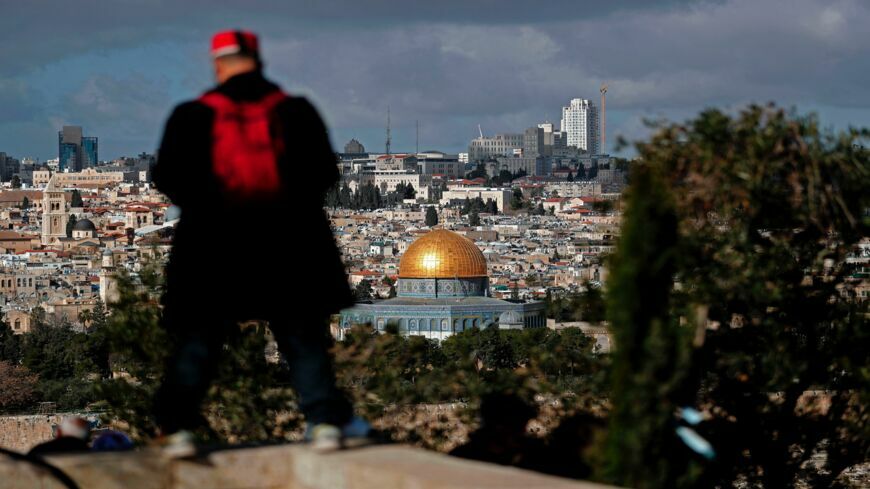
Elizabeth Bucar is an associate professor of philosophy and religion at Northeastern University, and is also the author of Pious Fashion: How Muslim Women Dress. In this op-ed for the Atlantic, she talks about her work, how she has been researching Muslim women’s fashion since 2004, and has “found surprise, pleasure, and delight in pious fashion” that “challenged those neat intellectual boxes to which I had grown overly accustomed in the United States.”
Here are some snippets from her piece which focuses on women’s fashion in Iran, Indonesia and Turkey:
— On the surface, modesty in Tehran requires concealing the shape of a woman’s body, especially her waist, hips, and chest, as well as her hair. But pious fashion in this city also expresses a number of related values. For instance, because women’s dress is legally regulated, pious fashion exemplifies the wider cultural value put on stability and conformity. Other values displayed in hijab, however, serve to unsettle this stability and conformity. This is evident not only among women who let a significant amount of hair peek out from under a headscarf, but also in the bohemian look of some styles that reveal a more carefree and informal aesthetic value.
— I was struck by the distinctive look of pious fashion in Indonesia: It often incorporates tight, form-fitting garments, like an undershirt called a manset, or a belt to emphasize the waist. Modesty is achieved by covering oneself with cloth, not by disguising one’s womanly shape, as is legally mandated in Iran. Softness and lightness are the prominent visual values expressed in pious fashion. Chiffon and pastel colors are popular. This fabric and color combination creates a distinctive aesthetic of primness, wholesomeness, and whimsy. Crystal and sequin embellishments are highly valued; they visually link women to jewels. The influence of Asian clothing, especially from Malaysia and China, is particularly prominent.
— Because of Turkey’s physical proximity to the rest of Europe and its aspirations to join the European Union, pious fashion in Istanbul incorporates a number of European aesthetics—from wingtip shoes to European brand-name scarves and bags…Even among modern Turkish women who understand themselves to be European, strict secularism is no longer the aspiration—such women can have a strong Muslim identity. Still, it is considered important to select a modest outfit and headscarf that is visually pleasing in public; this allows women to represent Islamic piety in the best way possible, as well as to avoid the harsh critiques of the secular elite that veiled women are ugly and unfashionable.
— Women spend an extraordinary amount of time trying to counter the stereotype that modest dress is ugly by using the skills of beauty work. Beauty work thus helps to remove the stigma from modest dress by making this style of clothing more attractive to other Muslim women.



